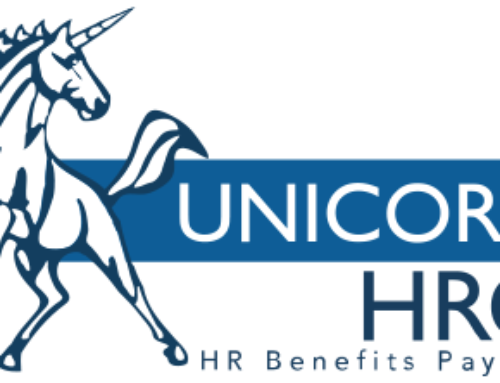While paid parental leave has been considered the exception to the rule in the past, employers are nevertheless beginning to see the value in offering their employees these benefits. Currently, only about 20% of companies in the U.S. offer paid parental leave for expecting parents, but more and more are examining the possibility of using it as a way of attracting and retaining employees. Should such a trend continue, then HR professionals need to adapt and learn how they can incorporate parental leave into company strategies, how they can administer these policies while ensuring the employee’s work is covered, all without disrupting day-to-day business.
More companies are considering parental leave benefits
While paid parental leave is not regularly offered by companies in the U.S., recent surveys have found that larger companies are beginning to offer it as part of their benefits packages. In a Mercer survey of about 1,200 companies, it was found that about 36 percent of these offer some sort of parental leave. While almost all of these companies offer paid maternity leave, about three quarters of them offer paternity leave as well as adoption leave. Paternity leave is increasingly seen as important to help new fathers bond with their children, as well as play a role in helping their spouses with new additions to the family. Larger companies, such as Goldman Sachs and Johnson & Johnson, have expanded on their paternity leave policies with this in mind, and offer gender-neutral parental leave options as well.
What can smaller companies do?
These larger companies can invest money into these packages as a way of competing with other large companies to retain younger employees. With such benefits being offered, these employees will be much more loyal to their company and be motivated to stay and perform well in their jobs. Consequently, these companies are using such benefits in order to retain their most talented workers.
There are ways for smaller companies to incorporate these benefits without affecting productivity of the company’s bottom line. As a possible alternative to a full parental paid leave package, smaller companies may want to consider the option of flextime and the option to work from home. Workplace flexibility as well as work/life balance has been a major concern by employees. Offering flextime may be a good starting point from which HR staff can work to retain their best employees while at the same time develop strategies to work towards a fuller package in the future.
In the past, the option of paid parental leave has been offered by only a minority of companies, usually larger ones who can afford these packages. To retain and motivate employees, more and more companies need to examine the idea of offering parental leave on some level if they want to be able to employ the best talent. HR staff need to look at the option of paid parental leave as an investment in people, which can allow their company to compete with others, as well as to grow and thrive in a changing business world.

